Contrary to a common misconception, stains (or other ways) are not at all varieties of colors, and act on a completely different principle. The most common and popular type of stain is a water stain (t. e. water -based). Although, in terms of functional capabilities, he largely loses to modern wax and acrylic compositions, but it costs 5-6 times cheaper-moreover, it is often combined with new-fangled betas, acting as the basis for processing the surface of the tree before its finish coating. Be that as it may – a jar of a water stain is quite capable of giving a “second life” a dilapidated interior and to transform an old, played wood beyond recognition.
Water stain for wood
If the colors create an exclusively surface layer on wooden products (in addition, absolutely impenetrable and opaque), then water stains saturate the internal structure itself. As a result, wood, completely preserving its texture features, acquires a new, rich shade – and one that seems completely natural. The main positive effect of such an action is in the “rejuvenation” of the tree with the actual concealment of the fact of impregnation by its special composition. In addition, the majority of water stains for wood are characterized by the ability to further emphasize the wood texture due to the significant raising of the fibers.
The shades of water stains (despite the ability to make them in any color scheme) are an imitation of the color of exclusively existing woody species – that is, are produced in variations of white, yellowish, beige and brown. Shades of exotic and even completely fantastic colors are inherent only to stains of oil, wax and acrylic groups – intended not so much to change the wood structure as for its color and especially creating reliable surface protection.
How the wood is swollen
How beautifully the old floors, cabinet, doors or window frames will be transformed with the help of the stain, depends not only on its quality – but also on the level of skill of application. To achieve the maximum effect (and even creating a certain style) during a woods, you will need to comply with a number of simple rules, including:
applying tinting fluid only in the longitudinal direction of the fibers;
use as tools for applying twisted fabric, foam sponges or soft brushes – in small areas, and spray cylinders – on larger ones;
the dissolution of the dry compositions of the water stain only in the water of high softness or distilled (hard water will need to be boiled and add soda);
The surface of the tree before the wrinkling should be carefully cleaned of pollution and degreas (and for conifers – also issis, otherwise the water stain simply will not be able to penetrate inside);
The application of the stain should be very neat – otherwise I will appear spoiling the processed surface of the smudge;
It is more efficient to use not ordinary, with room temperature, but a heated stain (in this case, penetration into the internal wood structure will be deeper, and protection will be more reliable).
Another way to achieve maximum wrinkling efficiency is the combination of a water stain with a primer, varnish or stain of another, not water, type. Among the examples of such symbiosis, one can name the creation of such popular effects as “Arctic” or “Bleaned Wood”.
For this, after applying a traditional white (or color of the Arctic oak), the tree is completely dry, after which the dark (black or gray color) is applied. The general light gamut formed by a water tonic, does not affect dark wax, since it accumulates only in cracks and cavities, creating a unique effect.
Features of the choice of stain
When choosing a water stain, it is extremely important to remember that its announced shade (often presented in the form of a leaf of laminated paper or a piece of cheap wood painted under it) in practice, when wrinkling a tree, may turn out to be quite different from the original – since the reaction of the tree to the tonic is strong Depends on the breed. For this reason, the trial wrinkling should not begin immediately on the main surface, but on any part of the sailors that do not catch the eye (the inside of the window frame, the lower part of the window sill, etc. D.)


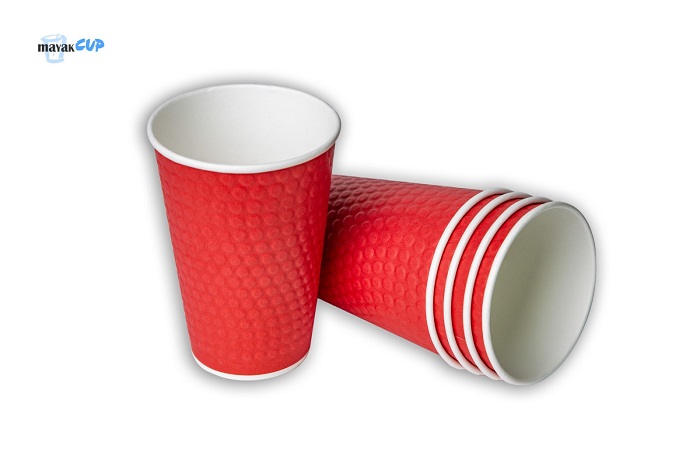
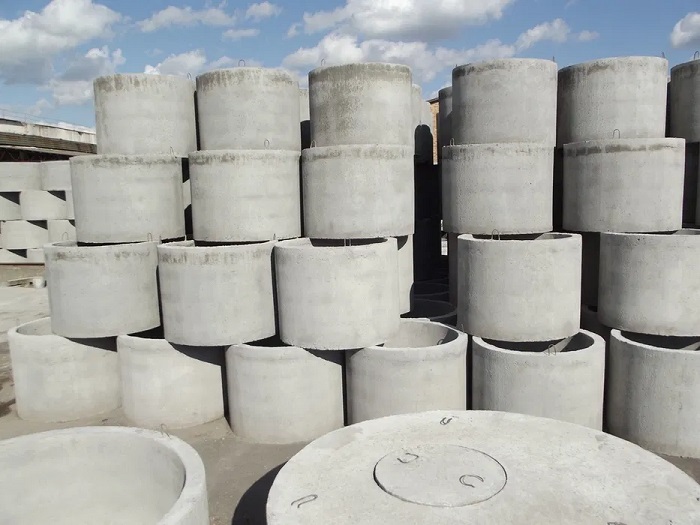

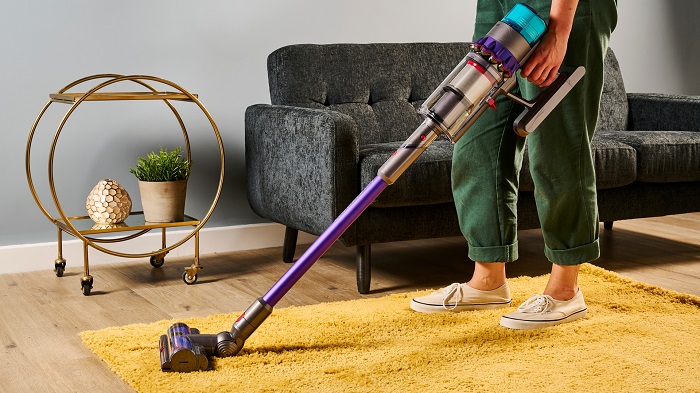

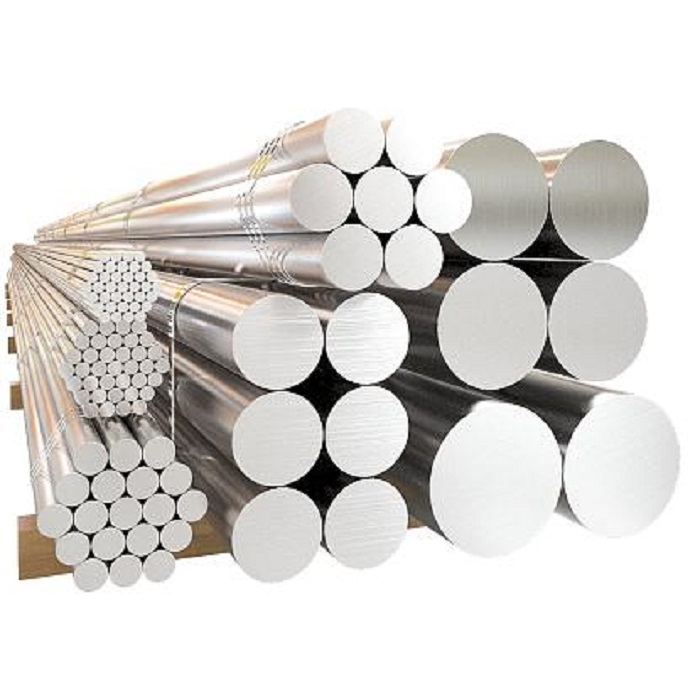


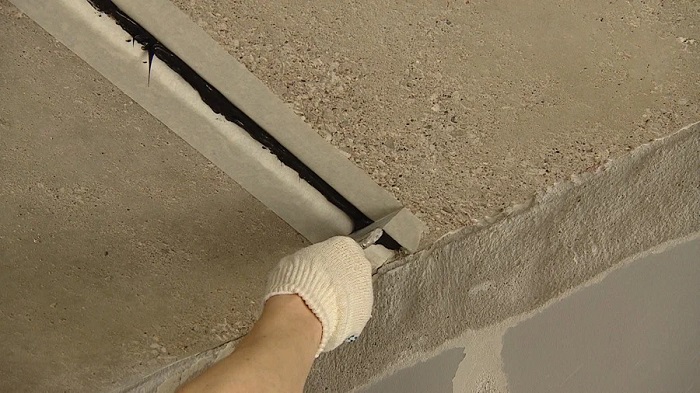


Leave a Reply